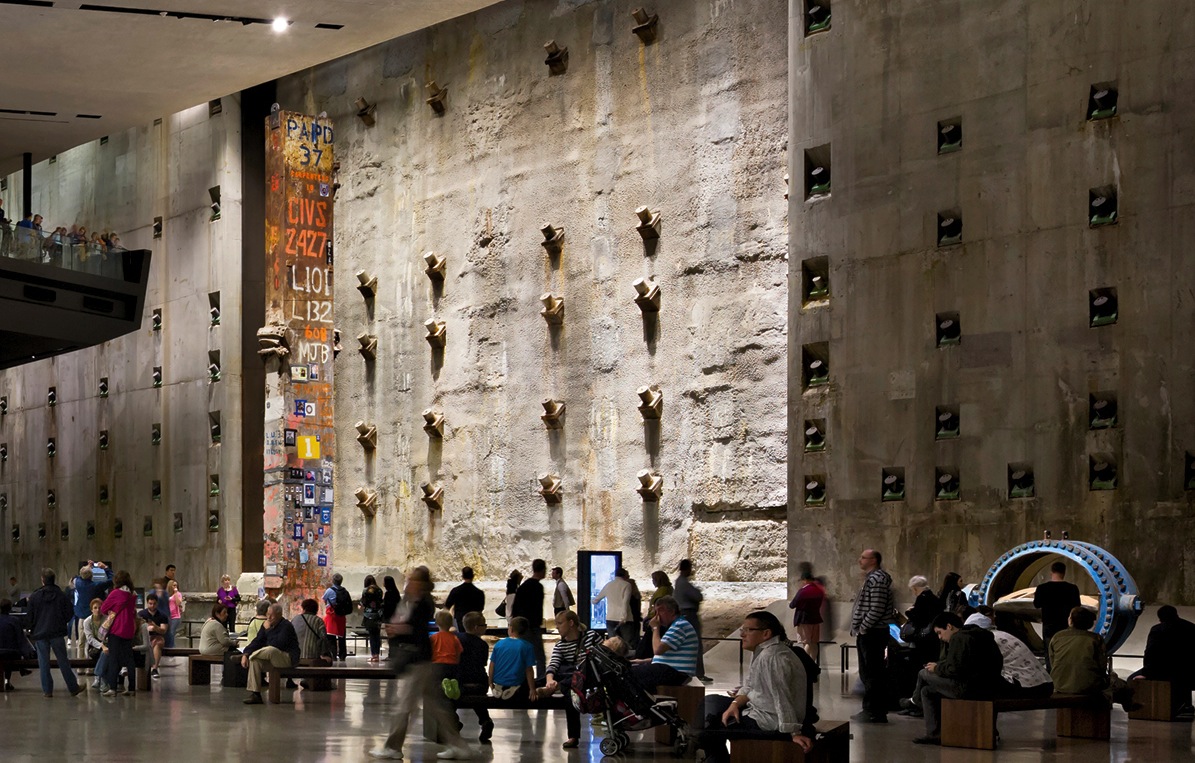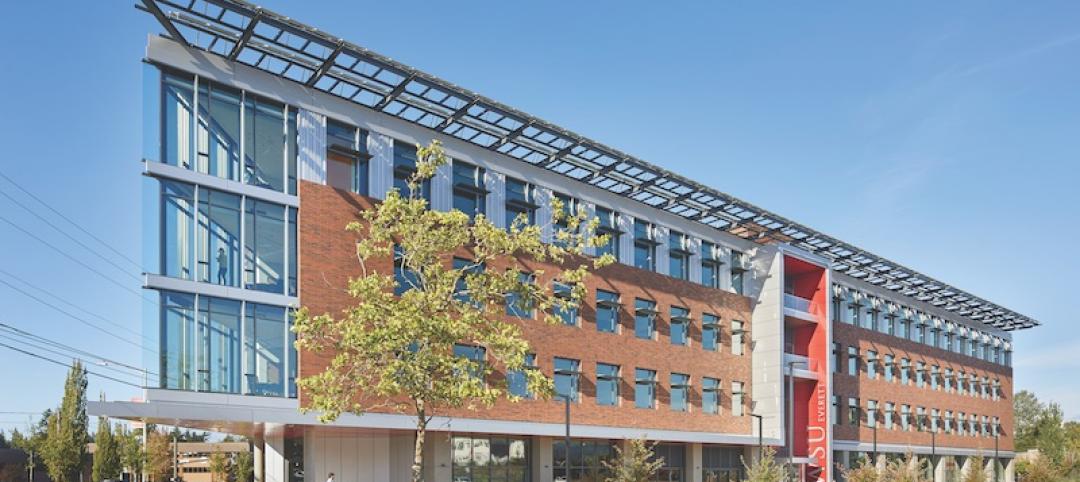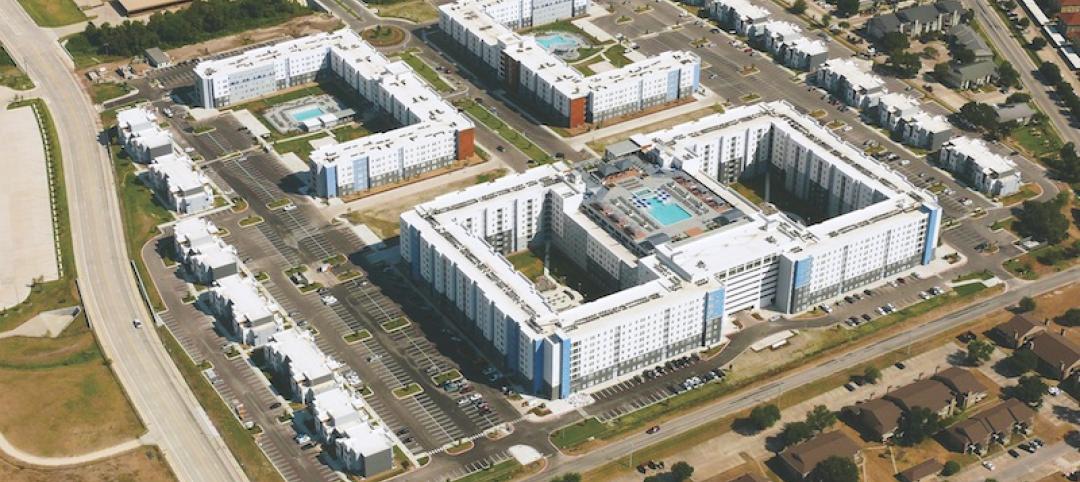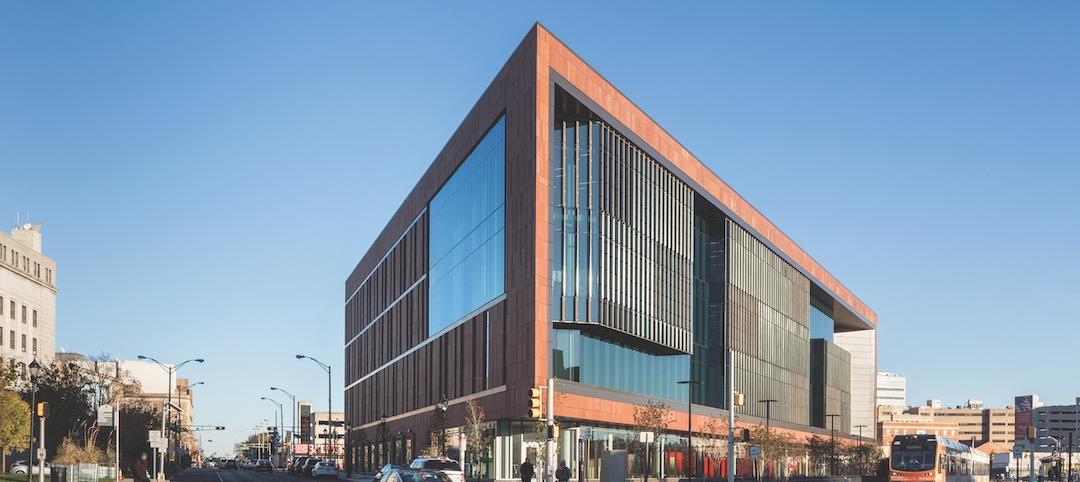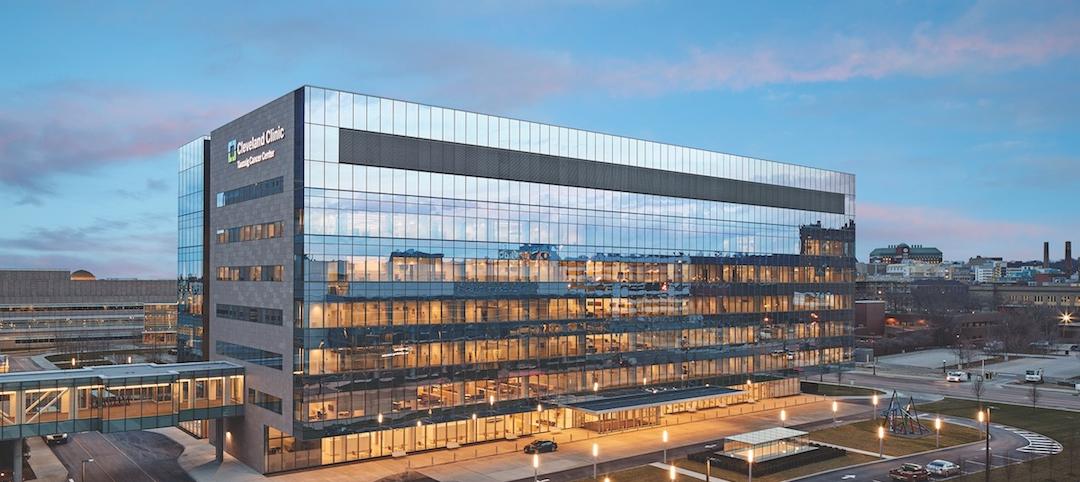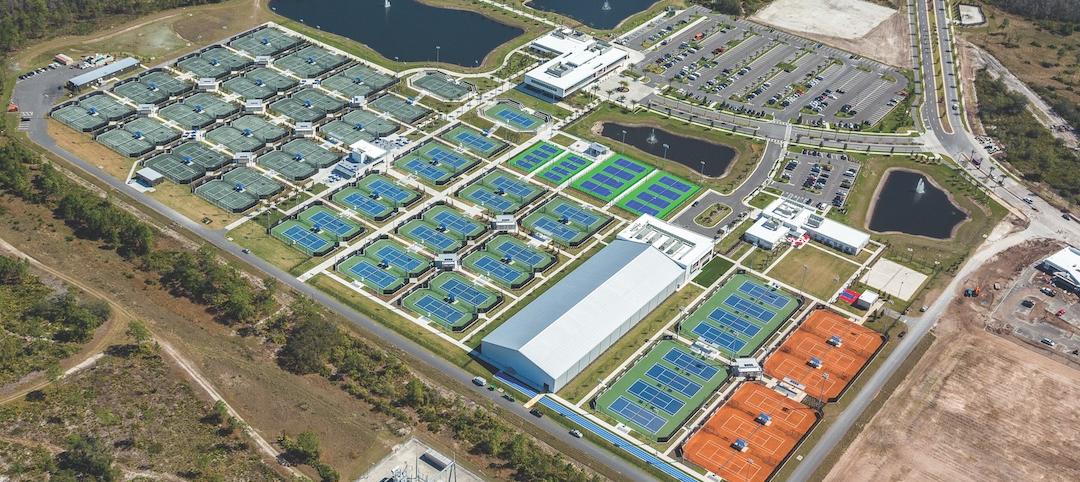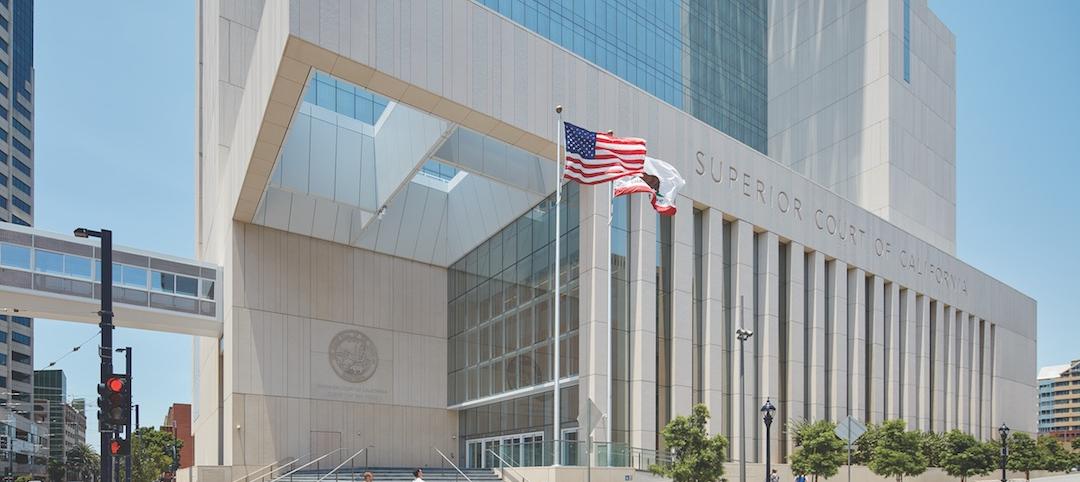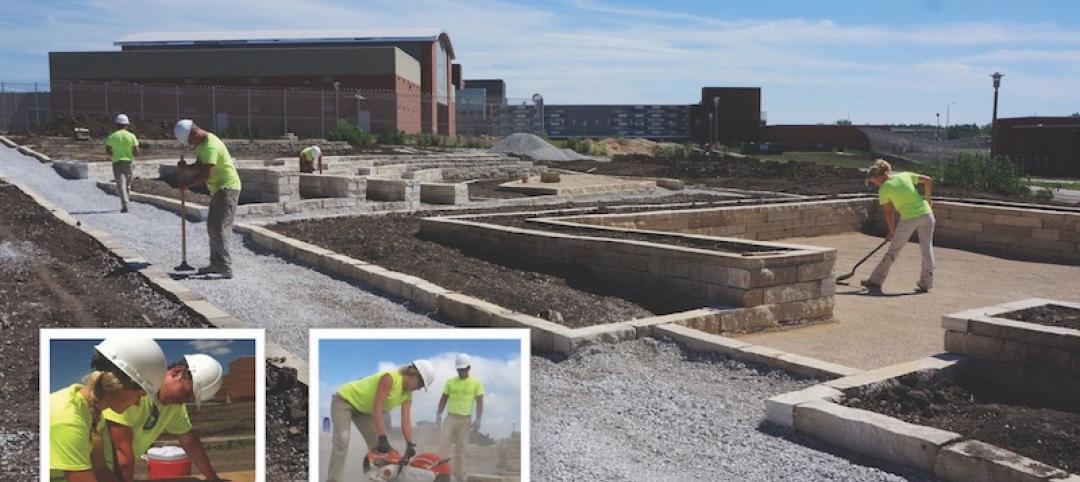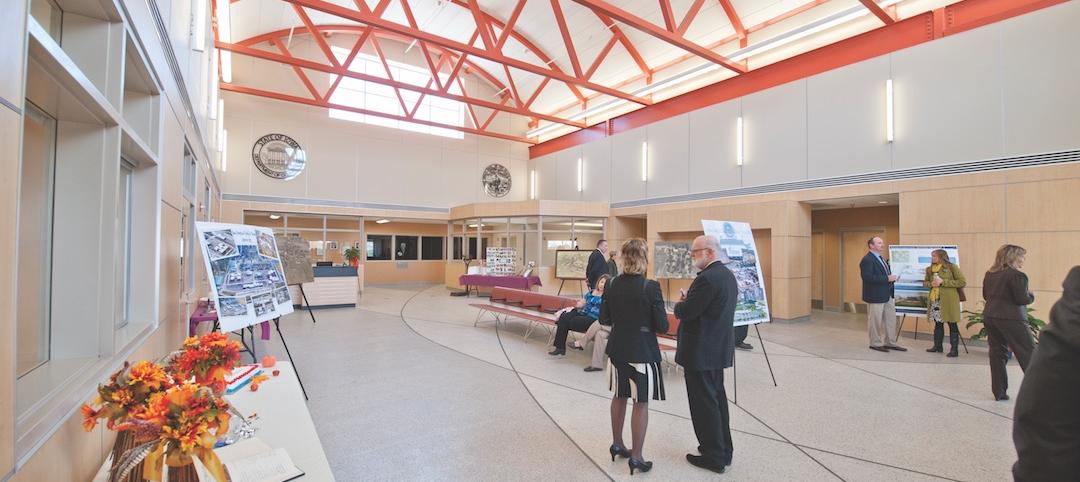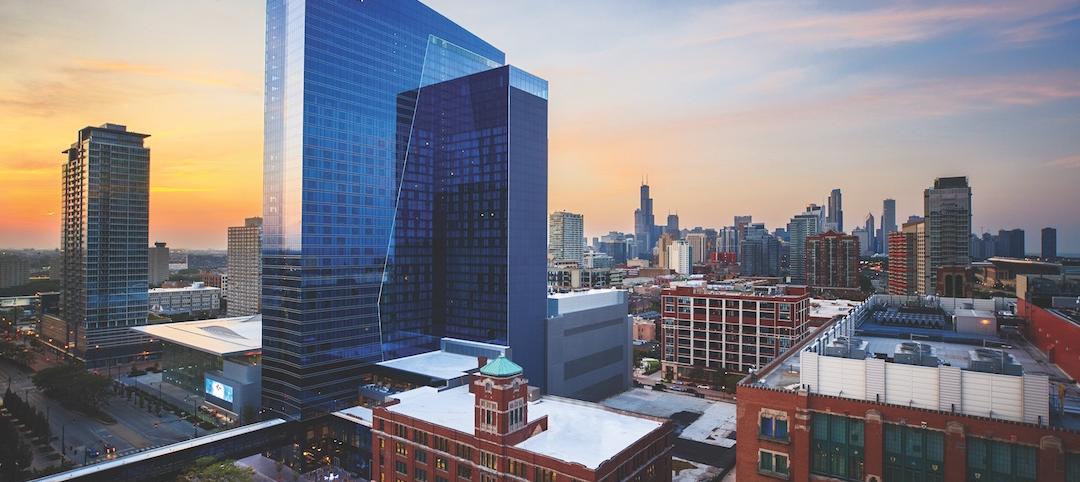The National September 11 Memorial Museum may have been a relatively small part of the 16-acre World Trade Center mega-project, which included the building of four commercial towers and a massive transportation hub. But the museum’s construction was no less complex, and was complicated by enormous—and at times conflicting—political, public, and emotional considerations that ultimately influenced its design, budget, and scheduling.
PROJECT SUMMARY
GOLD AWARD
National September 11 Memorial Museum
New York, N.Y.BUILDING TEAM
Submitting firm: Davis Brody Bond (architect)
Owner/developer: National September 11 Memorial and Museum
Structural engineer: WSP Cantor Seinuk (slurry wall): Simpson Gumpertz & Heger; Guy Nordenson & Associates Structural Engineers
Geotechnical engineer: Langan Engineering & Environmental Services (slurry wall): Mueser Rutledge Consulting Engineers
MEP engineer/vertical transport: Jaros Baum & Bolles
Blast design: Weidlinger Associates
Code consultant: Code Consultants, Inc.
Acoustical/vibration design: Cerami & Associates
Lighting design: Fisher Marantz Stone
Graphic design: C&G Partners
Cost estimating: Faithful + Gould
Historic preservation: Higgins Quasebarth & Partners
Security design: Arup
Building envelope/waterproofing: Wiss, Janney, Elstner Associates
Specifications: Construction Specifications, Inc.
GC/CM: Lend LeaseGENERAL INFORMATION
Project size: 775,000 sf (Museum: 268,000 sf; chiller plant: 163,000 sf)
Construction cost: $700 million (museum and memorial)
Construction period: August 2006 to May 2014
Delivery method: Construction management
“The 9/11 Museum combines all of the building trades, as well as collective memory, bureaucracy, and ideology,” says SmithGroupJJR’s Bill Kline, AIA, EDAC, LEED AP, a Building Team Awards judge. “It is a design and technical achievement in a context fraught with controversy and contradiction.”
The design needed to take into account the various opinions and agendas of more than 30 consulting parties, including government agencies, preservationists, and groups that represented the surrounding community and survivors and victims of the attacks.
Through that process, the Building Team, led by architect Davis Brody Bond, became acutely aware of the importance of preserving certain artifacts of the former Twin Towers, notably its north and south footprints and the remaining slurry wall. The design evolved into a series of spaces that evokes both the scale of the loss and the still-resonant physical impressions left by the towers.
Some of the artifacts—specifically, the “Survivors’ Stair” and “Last Column”—were so large and heavy that GC/CM Lend Lease had to install them in their designated exhibition locations before the walls, floors, and roof could be constructed around them.
The Building Team’s architectural and materials choices centered on enhancing the visitor experience and articulating four core design principles: Memory, Authenticity, Scale, and Emotion.
Within the museum’s excavation are two new insertions: the Tower Volumes, which align with the footprints of the original Twin Towers and the reflecting pools within the 9/11 Memorial; and the Ribbon, a ramp between the Tower Volumes that brings visitors to the bedrock level.
The museum lies 70 feet below street level, beneath the eight-acre 9/11 Memorial that doubles as the museum’s green roof. Politicians had committed to opening the Memorial Plaza on the 10th anniversary of the attacks. So the museum and memorial needed to define project boundaries and coordinate shared superstructure and site utilities for economy and logistics, as well as coordinate project schedules and shared costs.
Project planning and coordination also helped avert what could have been a crippling blow when Hurricane Sandy blew into New York in late October 2012.
The superstorm flooded the primary level of the museum with eight feet of water, threatening to delay the museum’s opening by six months. By adjusting work schedules and reallocating work forces to higher levels of the museum while flood remediation was under way, the cleanup and reconstruction efforts were completed in only three months.
In that process, the cooperation of the full Building Team, including materials suppliers, vendors, and fabricators, minimized Sandy’s impact and helped this project hit its completion target.
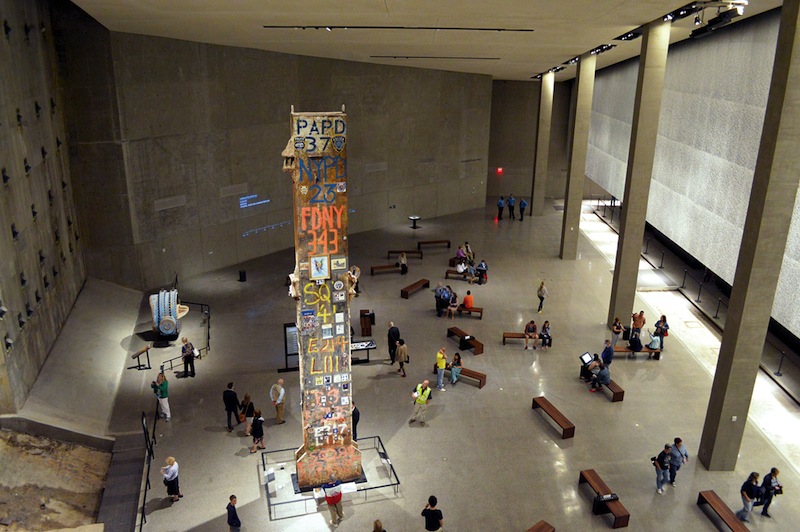 The Last Column needed to be lowered into its position before the street-level Memorial Plaza could be completed.
The Last Column needed to be lowered into its position before the street-level Memorial Plaza could be completed.
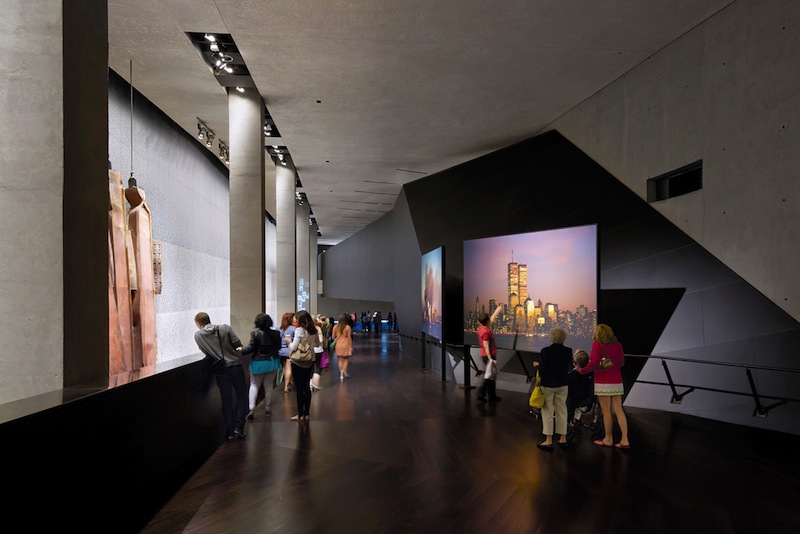 Visitors to the museum enter its main spaces through a ramped descent that offers them “Progressive Disclosure” of exhibits that are not quite close enough to touch and, therefore, enhance “Emotion,” one of the museum’s four core design principles, along with Memory, Authenticity, and Scale.
Visitors to the museum enter its main spaces through a ramped descent that offers them “Progressive Disclosure” of exhibits that are not quite close enough to touch and, therefore, enhance “Emotion,” one of the museum’s four core design principles, along with Memory, Authenticity, and Scale.
Related Stories
Building Team Awards | May 22, 2018
LA's game changer: Wilshire Grand Center
Silver Award: This billion-dollar mixed-use tower will alter the Los Angeles skyline in more ways.
Building Team Awards | May 21, 2018
Campus builder: Everett University Center at Washington State University
Silver Award: WSU kicks off its new branch campus with a high-tech innovation center designed to engage students, businesses, and the community.
Building Team Awards | May 21, 2018
Promise fulfilled: Park West, Texas A&M University
Silver Award: A P3-driven team completes this mega off-campus student housing complex ahead of its fast-track schedule.
Building Team Awards | May 18, 2018
Prognosis: Positive: Rutgers University-Camden Nursing and Science Building
Gold Award: Can a new nursing school breathe life into America’s third-poorest city?
Building Team Awards | May 17, 2018
Patient priorities: Cleveland Clinic Taussig Cancer Center
Gold Award: Cleveland Clinic’s new cancer center is a transparent, collaborative hub for improved patient experiences and enhanced communication with caregivers.
Building Team Awards | May 16, 2018
Game, set, match: United States Tennis Association National Campus
Gold Award: With 100 courts and more than 260,000 sf of vertical construction, the USTA National Campus is a sanctuary for tennis enthusiasts.
Building Team Awards | May 15, 2018
High court, big impact: San Diego Central Courthouse
Gold Award: San Diego’s high-rise courthouse increases access to justice for citizens by consolidating 71 court departments.
Building Team Awards | May 14, 2018
Sweat equity marks landscaping effort
The design was grounded in therapeutic landscape and environmental psychology theory.
Building Team Awards | May 14, 2018
Rethinking prison design: Iowa Correctional Institution for Women
Platinum Award: Iowa's new women's correctional institution offers a revolutionary model for rehabilitating female inmates.
Building Team Awards | May 14, 2018
Dream delivered: McCormick Square Marriott Marquis and Wintrust Arena
Platinum Award: A daring hotel and sports development in Chicago’s South Loop aims to invigorate the city’s convention business.


